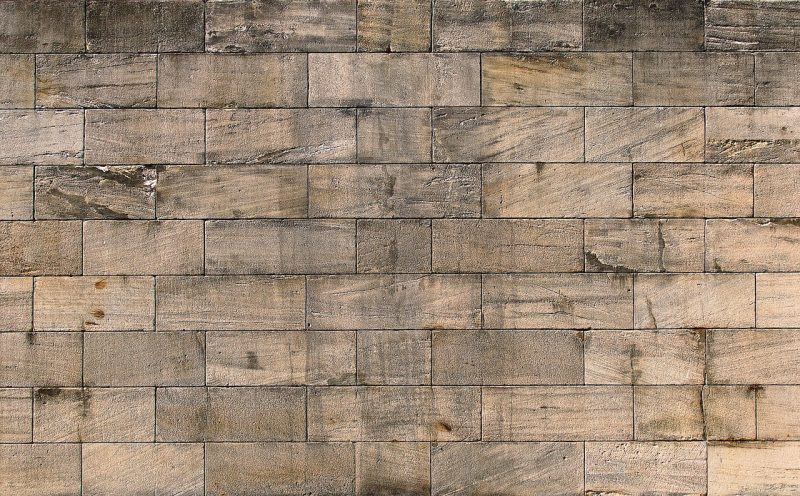Restore Stability: Bringing Old Retaining Walls Up to Current Industry Standards
14 March 2024
Restore stability to old retaining walls by working with Stride Consulting Engineers. Ensure safety and durability by bringing them up to current standards.
Retaining walls are vital to buildings and structures as they serve numerous functions. First, they help maintain the stability of slopes. They also prevent soil erosion on residential, commercial, and other types of properties. However, over time, they may deteriorate and become structurally compromised, posing safety hazards and compromising property integrity.
The Problem with Old Retaining Walls
Normally, retaining walls are made from concrete, timber, stone, or brick. These materials may be known for their durability and stability, but they can still deteriorate over time due to weathering, soil pressure, or inadequate construction methods.
Old retaining walls may exhibit signs of deterioration, such as cracking, tilting, bulging, or erosion of materials. These issues can weaken the structural integrity of the walls and compromise their ability to withstand lateral soil pressure, water pressure, and other external forces.
Additionally, outdated construction techniques and materials may not meet current engineering standards, further exacerbating the risk of failure.
Upgrading Walls to Industry Standards
Upgrading old retaining walls to current industry standards offers several benefits.
First, upgrading to industry-standard materials and construction techniques improves the stability and load-bearing capacity of retaining walls, which reduces the risk of collapse or failure. Addressing structural deficiencies and reinforcing weak points can also help retaining walls provide a safer environment for property occupants and visitors, which mitigates the risk of accidents or injuries.
Updating retaining walls to industry standards then helps them attain minimised maintenance requirements and long-term costs. After all, retaining walls that have been upgraded with durable materials and proper drainage and waterproofing measures are expected to attain extended lifespan. Lastly, upgrading old retaining walls to meet current industry standards can guarantee compliance with building codes, regulations, and engineering guidelines, avoiding potential legal liabilities and fines.
Techniques and Solutions for Upgrades
Multiple techniques and solutions can be employed to upgrade old retaining walls.
Adding steel reinforcements, tiebacks, or anchors, for one, can be done to strengthen existing retaining walls, improving stability and structural integrity. Old retaining walls can also be upgraded by completely replacing them with new structures out of reinforced concrete, masonry, or engineered timber to ensure long-term durability and performance.
The application of waterproof membranes or coatings to retaining walls can then prevent water infiltration and moisture damage, reducing the risk of erosion and deterioration. Lastly, old retaining walls can be integrated with proper drainage systems like weep holes or gravel backfills to facilitate water runoff and relieve hydrostatic pressure, preventing soil saturation and wall failure.
Work with Stride Consulting Engineers
Upgrading old retaining walls to current industry standards can restore stability, ensure safety, and enhance the durability of buildings and structures. By addressing structural deficiencies, reinforcing weak points, and incorporating proper drainage and waterproofing measures, property owners can mitigate the risk of retaining wall failure and protect their investments for years to come.
If you need help with retaining walls, feel free to contact us at Stride Consulting Engineers. We can prioritise the upgrade of old retaining walls to effectively enhance property aesthetics as well as provide peace of mind knowing that the integrity and stability of your land are preserved.
Optimized by: Netwizard SEO
